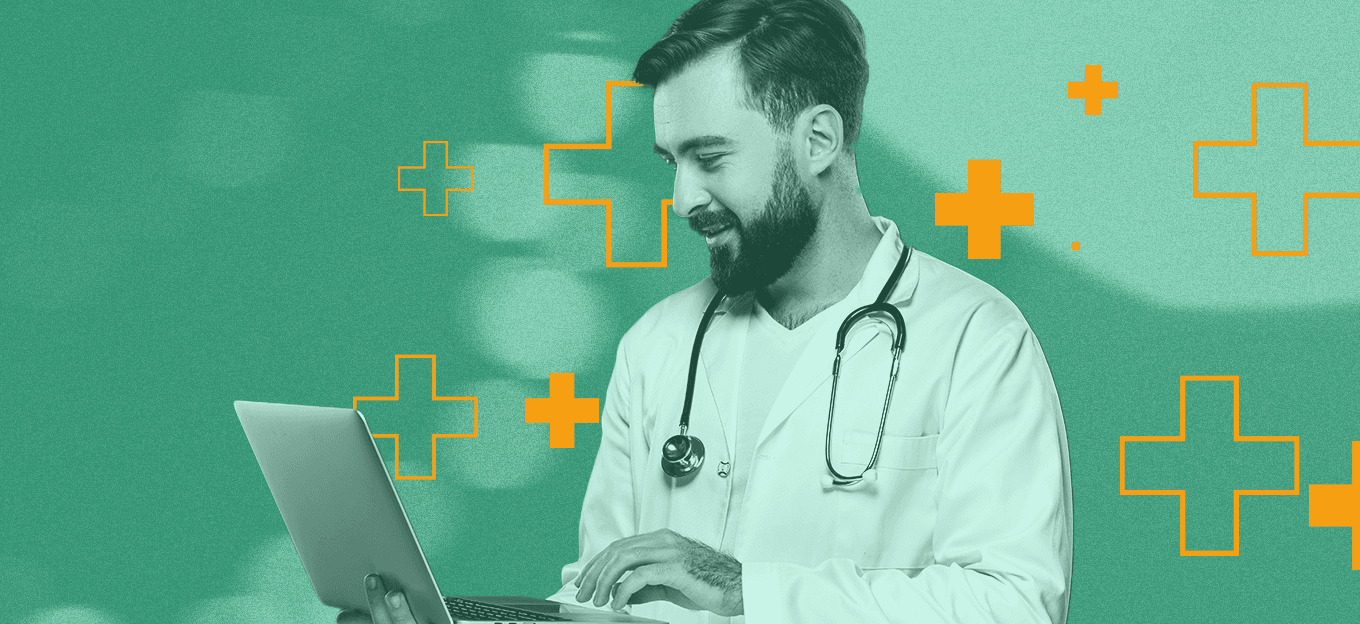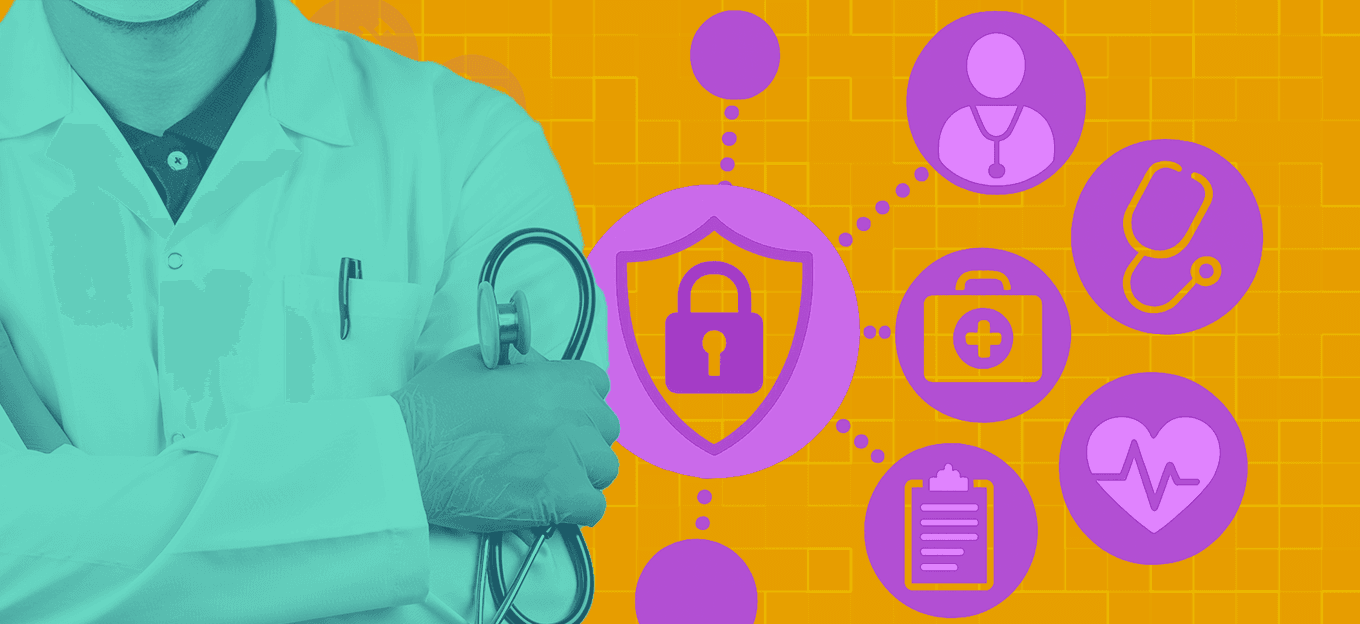IoT-Enabled Location Services: Gain the Data to Enhance Hospital Operations and Patient Care
IoT-Enabled Location Services: Gain the Data to Enhance Hospital Operations and Patient Care
- Last Updated: December 2, 2024
CenTrak
- Last Updated: December 2, 2024



Like any business, healthcare facilities rely on analyzing data when making decisions concerning facility performance, patient satisfaction, and long-term planning. Healthcare organizations must collect data from the different processes and systems throughout the building, facility campus, or health system to get the necessary information. That means collecting comprehensive insight on equipment assets, workflows, patient/staff interactions, and safety compliance. Leaving healthcare staff to juggle the needs of their patients with the administrative requirement of manual documentation can often be time-consuming and impacted by human error.
Real-time location systems (RTLS) leverage IoT-enabled devices to automate data collection on medical equipment location and usage and staff and patient interactions within all types of healthcare environments. RTLS can help facilities enhance compliance reporting, hand hygiene, staff safety and shortage, workflow, and patient throughput by gathering meaningful data.
Integrating RTLS data with other sources like electronic health records and computerized maintenance management systems is beneficial because it creates an aggregate pool of information across the healthcare enterprise.
Integrating RTLS data with other sources like electronic health records and computerized maintenance management systems creates an aggregate pool of information across the healthcare enterprise. Administrators gain a more comprehensive view of activities and assets related to daily operations and the patient experience, while healthcare staff regains the time to prioritize patient care. This data can help offer actionable insights around asset utilization and clinical workflow to inform a wide variety of improvements for healthcare facilities and their patients.
Locating Hospital Assets
Ensuring the availability of equipment is essential to providing quality patient care. Assets can often be misplaced or cannot be located promptly, especially in larger facilities, interrupting care and delaying outcomes. Nursing Times reports that one-third of nurses spend at least an hour searching for equipment such as pumps, drip stands, and patient monitoring devices during an average shift.
An RTLS can alleviate the burdensome and error-prone task of manually tracking hospital inventories and monitoring assets. IoT-enabled tags attached to mobile medical equipment allow a facility with a location system to identify the exact location and condition of critical resources, reducing the need for time-consuming equipment searches and providing the ability to know exactly which assets are clean and available. Staff members have access to remotely view the location of medical equipment at workstations and on smart devices.
Software applications (part of the RTLS) automatically generate reports that show the status and availability of equipment and interactions between equipment, patients, and staff via the IoT-enabled badges and tags. The information helps to identify departments with excess equipment, unused assets, or under-stocked items to ensure supply inventory reflects each department’s need.
An RTLS solution can also automate PAR-level management to ensure supplies are reordered when needed. Using an RTLS, staff can quickly and accurately replenish equipment in pharmacies, storage rooms, and on the floor to ensure the necessary resources are available.
Following the implementation of CenTrak’s real-time location system, a Southern California acute-care facility increased equipment availability and nursing satisfaction by 50%. In the past, the facility’s staff spent a significant amount of time searching for equipment or occasionally even resorted to hiding equipment on their floor to ensure availability. Once the RTLS was installed to monitor the location, cleaning, and maintenance of mobile medical equipment, administration and staff could review data and alleviate the workflow bottlenecks within their facility. This reduced the rate of lost assets and led to an increase in equipment utilization.
Infection Control
Another role of RTLS is enhancing hand hygiene compliance among staff. Hand washing is more critical than ever in reducing the spread of Covid-19 and healthcare-associated infections (HAIs) among staff and patients. The Centers for Disease Control reports that 1-in-31 hospital patients have at least one HAI on any given day. While manual, direct observation captures less than 5% of hand hygiene events among staff, an RTLS integrated electronic hand hygiene compliance monitoring system captures all hand hygiene compliance opportunities.
Using an RTLS solution, the system can monitor if a healthcare worker washed their hands upon entering and leaving a patient room or even patient bays with sub-room level location accuracy mechanisms. An IoT-enabled staff badge securely communicates with sensors mounted at wash stations or integrated within soap/sanitizer dispensers to automatically collect handwashing compliance data, enabling healthcare facilities to audit current hygiene processes and spot irregularities on compliance. Managers can use data to coach and advise caregivers to boost compliance rates in keeping patients, staff, and visitors healthy.
Using an electronic hand hygiene monitoring system, Denver Health Medical Center, a safety net hospital with 555 beds, increased hand hygiene compliance rates by 75% and reduced the spread of preventable infections. As the system captures 100% of hand hygiene events by department, role, or individual, the hospital could comprehensively audit hygiene processes to make informed operational changes that improved hand hygiene compliance and increased patient safety.
Optimizing Workflows
RTLS offers more than just asset tracking when it comes to improving workflow management. The IoT-enabled system also supports nurse call automation systems and patient services. Knowing the physical location of patients and staff is fundamental for safety and efficiency.
Location systems help improve workflows by utilizing the IoT-enabled devices to provide data on patient wait times, monitor patient location within a facility, and identify milestones achieved at visits. When a West Coast medical group opened a new outpatient facility, the team incorporated RTLS and used the system to address workflow challenges. Through the data collected by the IoT devices, clinical teams gained visibility into facility assets and identified workflow bottlenecks to make more informed decisions on tailoring processes to improve quality care and the patient experience.
Using RTLS to optimize clinical workflow streamlines facility operations. For example, automating nurse call cancelation upon staff presence enables a hands-free approach to patient care while ensuring the accurate documentation of response times and length of staff and patient interactions. By improving the patient experience and streamlining staff communications, facilities can boost HCAHPS scores, enhance patient care, ensure better outcomes, and provide greater satisfaction for staff.
The Future of RTLS
The intense pressures of COVID-19 on healthcare staff, operations, and finances lead administrators to prioritize easy-to-install technology investments that are proven to assist in patient care, ease staff workload and enhance satisfaction.
Selecting an RTLS partner with a comprehensive suite of solutions makes it easier to expand the system over time to other aspects of facility operations. For many healthcare facilities, after seeing the insight provided by IoT-enabled RTLS and experiencing a meaningful return on the initial investment, healthcare teams and leadership are encouraged to develop their RTLS further and expand the location technology throughout the facility.
The Most Comprehensive IoT Newsletter for Enterprises
Showcasing the highest-quality content, resources, news, and insights from the world of the Internet of Things. Subscribe to remain informed and up-to-date.
New Podcast Episode

Moving Past the Pilot Phase in IoT and AI
Related Articles





